June 20, 2025 | 13:55 GMT +7
June 20, 2025 | 13:55 GMT +7
Hotline: 0913.378.918
June 20, 2025 | 13:55 GMT +7
Hotline: 0913.378.918
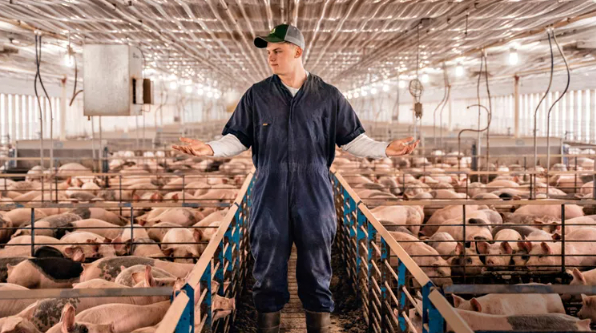
Sawyer Whisler stands in a hog barn on the family farm in southeast Iowa.
Drive across the Iowa countryside, and you’re likely to see hog barns in the distance. Much of the nation’s pork is produced in these long, metal-sided buildings, with hog production concentrated in the Midwest and North Carolina. But few people not directly involved in pig farming have the chance to look inside — until about four years ago.
Using GoPro cameras and social media, Sawyer Whisler brings the public behind typically closed doors to see what day-to-day life is like on a modern hog farm. The sixth-generation farmer prides himself on being 100% transparent, sharing numbers, answering questions, and showing everything from unloading to loading out pigs at This’ll Do Farm, which he and his father, Tork Whisler, operate in southeast Iowa.
Making videos and a podcast with his dad is not just a hobby for Sawyer. The social media enterprise has become an integral part of the family operation and a key strategy for its future.
The name for This’ll Do Farm originates with Tork’s father, Lawrence Whisler, who returned to his family’s land in 1949 after flying a P-51 Mustang in World War II and earning degrees from the University of Colorado. Tork grew up farming and raising pigs with his dad but, after the 1990s hog crash, built a career off the farm.
Sawyer recalls watching his father work hard to make his way back to the farm. Tork built his first 2,400-head hog finishing barn in 2009 and added two more by the time Sawyer started his junior year of high school. When Tork worked in town, an employee tended to hog chores until Sawyer took over after he graduated from high school in 2018.
While his friends went off to college, Sawyer decided to jump right into agricultural business. He helped with the family’s 400 acres of row crops and took care of the pigs, which they finish under contract for a local hog integrator.
“My passion was here, and I wanted to go for it,” Sawyer says.
Sawyer’s first year on the farm was tough. With his friends hours away, he found himself alone in the hog barns much of the time. He recharged by surrounding himself with positive thoughts, largely from successful entrepreneurial podcasters.
He realized a trend: His favorite entrepreneurs had used social media to build their brands and successful, multimillion-dollar businesses, by:
Sawyer listened to people such as Ed Mylett, Alex and Leila Hormozi, Codie Sanchez, Gary Vaynerchuk, and Andy Frisella, who is from rural southern Missouri and has built multiple health businesses with more than $200 million in annual revenue.
“If there’s one thing social media has taught me, it’s what the average person can do,” Sawyer says. “A lot of those guys and gals are just like you and me. These are regular people who refused to quit, who continue to learn, learn from their mistakes, and just never stop.”
Sawyer could see the potential in building a social media brand, but he was stumped on what to talk about. Then he came across a farm content creator on Instagram. Known as the Millennial Farmer, Zach Johnson documents and shows his life as a grain farmer in west-central Minnesota.
“I thought, Wow, that’s cool, and people seemed to love it,” Sawyer says.
He kept digging and realized farm content was a niche on social media. He found grain farmers and livestock farmers raising beef and dairy cattle. But nobody was showing the modern-day hog farmer.
“I thought, This is my in. This is what I can talk about,” Sawyer says.
The best social media brands are built on something the creator is already doing and passionate about, Sawyer says. For him, that was caring for pigs.
“I saw how our industry was portrayed negatively in society,” Sawyer says. “I wanted to do my part in promoting our day-to-day to show people what pig farming is really like. It’s not what you see in the PETA videos.”
Sawyer did his research and bought his first camera, a Sony a7 III, which he still uses. At 19, he started filming. He explained contract hog farming, counted and fed pigs, and documented the construction of his first — the farm’s fourth — hog barn in 2020.
It took time for Sawyer to learn how to shoot and edit video well, he says. But as he started earning revenue from platform ads, he was able to hire freelance editors. Today, he and Tork shoot the Barn Talk podcast, which runs 60 to 90 minutes, for both YouTube and audio streaming services and a 12- to 15-minute YouTube video on the farm. Then he and the team break up those videos into smaller clips for TikTok, Instagram, Facebook, and YouTube Shorts.
Within four years of business, the Whislers gained more than 600,000 followers across the various platforms, and “it just keeps getting better,” Sawyer says.
Tork was apprehensive about building a social media brand at first, but he saw Sawyer’s vision. It didn’t take long for him to enjoy participating in the videos. Tork returned to the farm full-time in 2020 and now co-hosts the podcast.
“We just found this good back-and-forth that people seemed to like,” Tork says. “And social media helped solidify Sawyer’s relationship with the farm and his level of buy-in. That was important because I needed him worse than he needed me.”
Having a common goal is essential for a family working together, Tork says. For the Whislers, that’s a desire to see This’ll Do Farm support a future seventh generation.
“That’s the heartbeat, the driver of everything we do,” says Sawyer, whether it’s expanding the hog or cropping operations or adding social media or other enterprises.
Their next step on the farm is to sell pork directly to consumers, something Sawyer says they never would have had a market for before gaining a social media following.
“I personally believe there’s more opportunity for young farmers now than ever before,” says Sawyer, noting the internet is full of free educational and marketing resources. “Social media is a great way to creatively diversify the farm. You just gotta go get it.”
(SF)
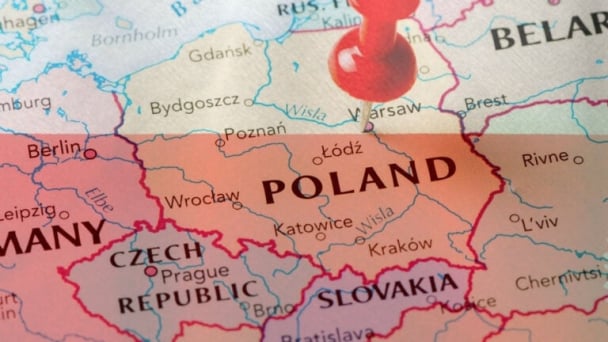
(VAN) Poultry production in Poland, which has only started recovering from devastating bird flu outbreaks earlier this year, has been hit by a series of outbreaks of Newcastle disease, with the veterinary situation deteriorating rapidly.
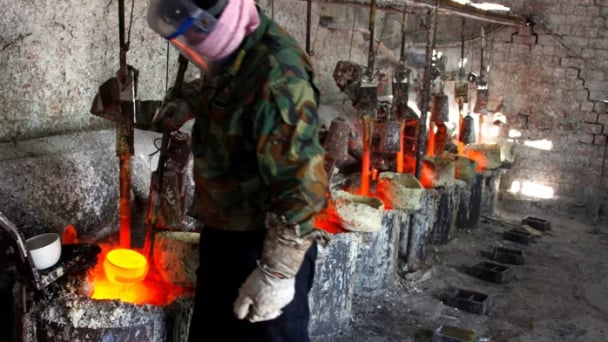
(VAN) Extensive licensing requirements raise concerns about intellectual property theft.
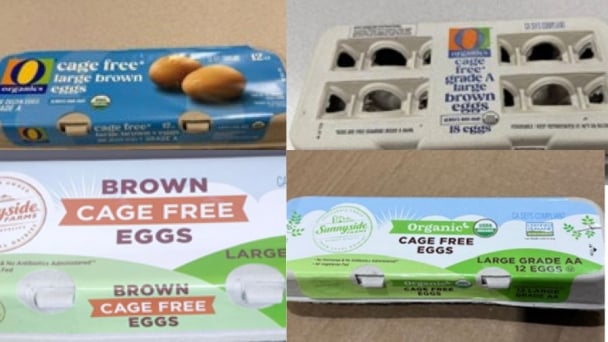
(VAN) As of Friday, a salmonella outbreak linked to a California egg producer had sickened at least 79 people. Of the infected people, 21 hospitalizations were reported, U.S. health officials said.
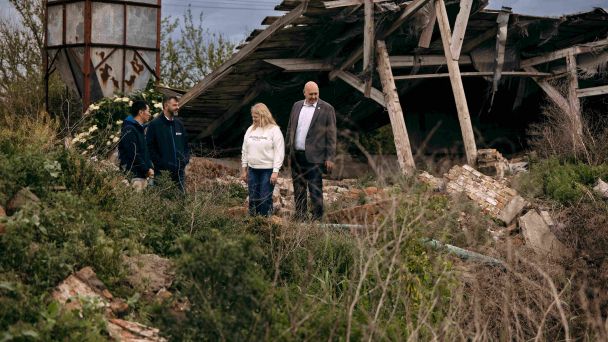
(VAN) With the war ongoing, many Ukrainian farmers and rural farming families face limited access to their land due to mines and lack the financial resources to purchase needed agricultural inputs.
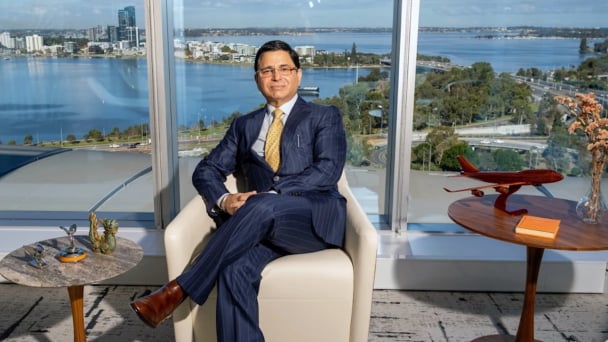
(VAN) Vikas Rambal has quietly built a $5 billion business empire in manufacturing, property and solar, and catapulted onto the Rich List.
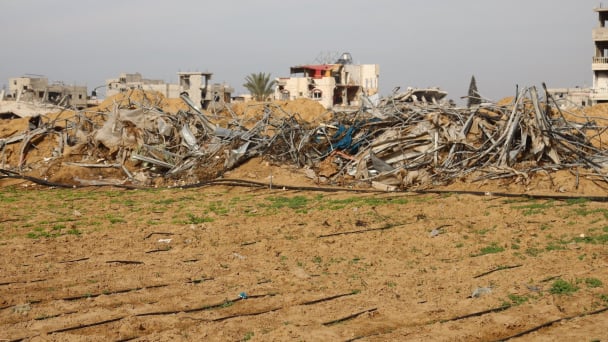
(VAN) Available cropland now at less than five percent, according to latest geospatial assessment from FAO and UNOSAT.
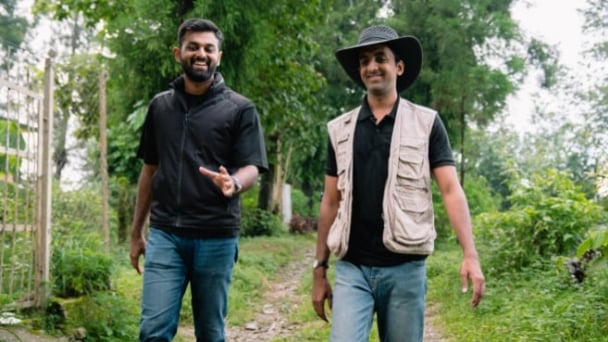
(VAN) Alt Carbon has raised $12 million in a seed round as it plans to scale its carbon dioxide removal work in the South Asian nation.